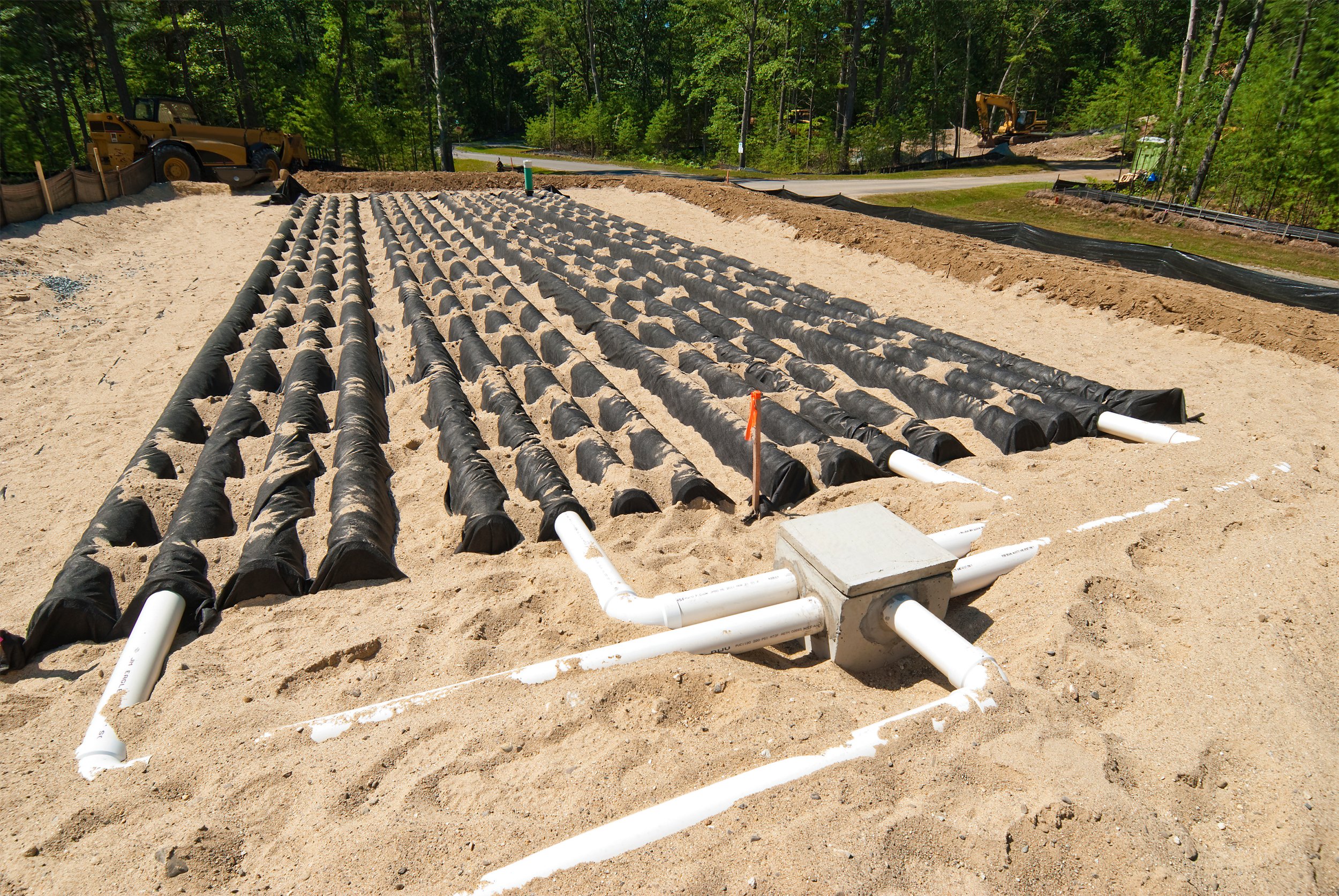The Crucial Role of Septic Leach Fields in Wastewater Management
In the realm of wastewater management, septic leach fields play a pivotal role in ensuring the efficient and environmentally responsible disposal of household wastewater. Often hidden beneath the surface, these underground systems are integral components of septic systems, responsible for treating and dispersing effluent back into the soil. Understanding the functions, design considerations, and maintenance requirements of septic leach fields is essential for homeowners looking to maintain a healthy and effective septic system.
Functionality of Septic Leach Fields
Septic leach fields, also known as drain fields or absorption fields, are the final destination for treated wastewater from the septic tank. After initial treatment in the septic tank, where solids settle, and bacteria break down organic matter, the liquid effluent flows into the leach field. The primary function of the leach field is to further treat and disperse this effluent into the surrounding soil, allowing natural processes to complete the purification.
Design Considerations:
Proper design is critical for the effectiveness of septic leach fields. Factors such as soil type, slope, and groundwater level influence the design and sizing of the leach field. Percolation tests are often conducted to assess the soil's ability to absorb water. Clayey soils, for example, may retain water and impede the leach field's efficiency, while sandy soils allow for faster absorption.
The layout of pipes in the leach field is another crucial consideration. Pipes are laid out in trenches filled with gravel or other aggregate materials. This arrangement maximizes the contact between the effluent and the soil, promoting further filtration and purification.
Maintenance Requirements
Regular maintenance is essential to ensure the longevity and functionality of septic leach fields. Here are key maintenance considerations:
Avoid Overloading the System: Excessive water usage, such as running multiple appliances simultaneously or having large amounts of water enter the system in a short period, can overload the leach field. Conserving water and spreading out water usage helps prevent saturation.
Proper Waste Disposal: Only biodegradable and septic-safe materials should enter the septic system. Avoid disposing of items like grease, chemicals, or non-biodegradable materials, as they can harm the system and reduce its efficiency.
Regular Inspections: Periodic inspections by a qualified professional are crucial to identifying and addressing potential issues early on. This includes checking for signs of ponding, foul odors, or unusually lush vegetation, which may indicate problems with the leach field.
Pumping the Septic Tank: Regular pumping of the septic tank is essential to prevent solids from reaching the leach field. The frequency of pumping depends on factors such as household size and water usage.
Environmental Impact
When properly designed, installed, and maintained, septic leach fields can have minimal environmental impact. The natural processes that occur in the soil help to further purify the wastewater, reducing the risk of contamination. However, poor maintenance or improper design can lead to issues such as groundwater contamination, soil erosion, or the release of harmful pathogens into the environment.
Conclusion
Septic leach fields are unsung heroes in the realm of wastewater management, silently performing a vital function to protect the environment and public health. Homeowners should be proactive in understanding the importance of proper design and maintenance to ensure the longevity and effectiveness of their septic systems. By adopting responsible practices and seeking professional guidance when needed, individuals can contribute to the sustainable management of household wastewater and the preservation of our natural resources.



